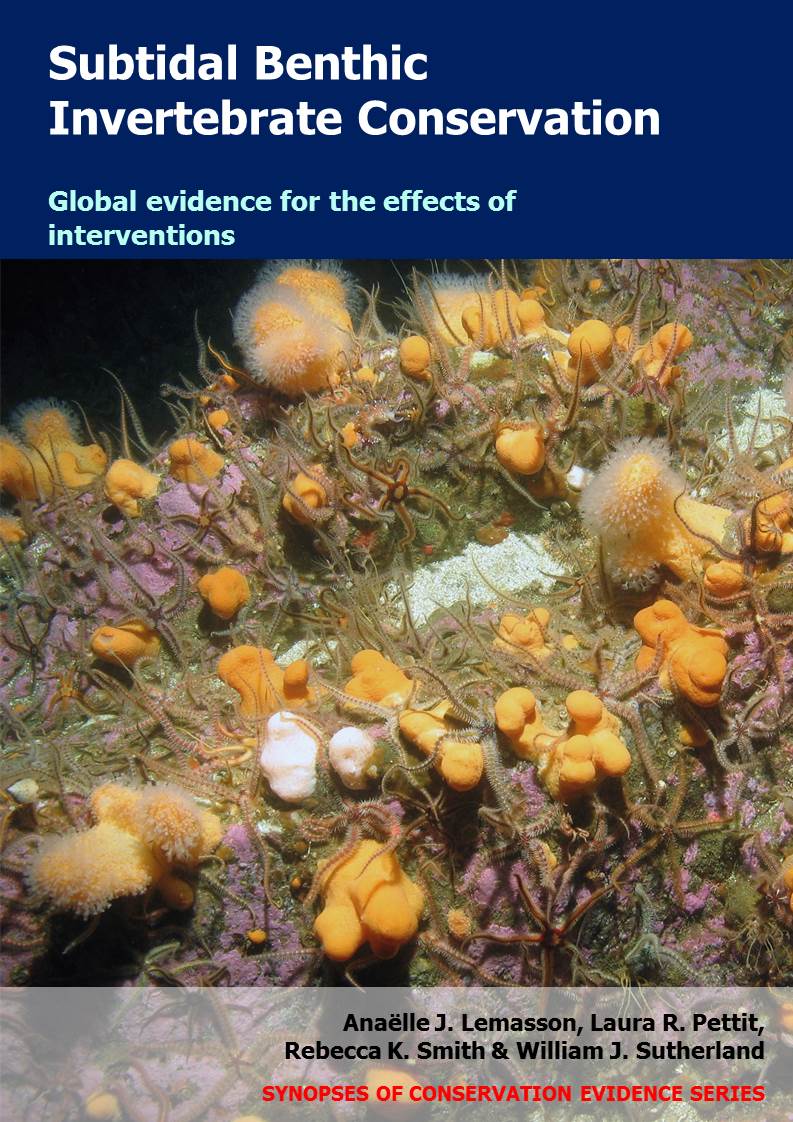Modify the position of traps
-
Overall effectiveness category Likely to be beneficial
-
Number of studies: 2
View assessment score
Hide assessment score
How is the evidence assessed?
-
Effectiveness
65% -
Certainty
40% -
Harms
0%
Study locations
Supporting evidence from individual studies
A replicated, controlled study in 2003–2004 in the Varangerfjord, Norway (Furevik et al. 2008) found that traps floated above the seabed caught fewer unwanted red king crabs Paralithodes camtschaticus, compared to standard groundfish traps. Red king crabs were only found in two of the 73 floated traps (2 and 3 crabs/trap), while all 77 standard traps caught crabs with an average catch of 21 crabs/trap. There was no difference in the number of marketable catches of the commercially targeted species, cod Gadus morhua, between the two trap designs. In August–September 2003 and 2004, sixteen lines of baited traps (100 x 150 x 120 cm) were deployed at 70–250 m depths. Two types of trap were used: a standard two-chamber groundfish trap and a floated version (approximately 70 cm above the seabed) of the same trap. Each line held five traps/design, placed alternatively. The traps were recovered after 24 hours, and catches sorted and counted. In this study, floating traps were used to reduce clogging of the traps by unwanted red king crabs and improve catch efficiency of cod, rather than to conserve red king crab.
Study and other actions testedA replicated, controlled study in 2003–2004 at four different water depths in areas of rocky seabed around the Canary Islands, North Atlantic Ocean, Spain (Arrasate-López et al. 2012) found that using semi-floating shrimp traps instead of traditional bottom traps appeared to reduce the catch and biomass of unwanted non-commercial species (discards) and unwanted commercial species (here referred to as bycatch), consistently across water depths. Results were not tested for statistical significance. Across water depths, semi-floating traps tended to catch fewer discard species of lower biomass (1–3 species; 0.006–0.6 g/trap/day) compared to bottom traps (2–4 species; 1–23 g/trap/day), and fewer bycatch species of lower biomass (semi-floating: 0–4 species, 0–18 g/trap/day; bottom: 1–6 species, 59–363 g/trap/day). The overall number and biomass of commercially targeted prawn species caught tended to be similar using semi-floating traps (2–6 species; 20.5–135 g/trap/day) and bottom traps (3–5 species; 16.6–107.3 g/trap/day), but the trap types caught different species. Four surveys were undertaken between October 2003 and October 2004. During each survey, an unspecified number of baited bottom traps and semi-floating traps (2 m above the seabed) were deployed at 100 m depth intervals between 120 and 1,300 m depths for 15–25 h. The number and biomass of bycatch, discard, and commercially targeted species were recorded. Data for a total of 487 bottom traps and 1,971 semi-floating traps were collected.
Study and other actions tested
Where has this evidence come from?
List of journals searched by synopsis
All the journals searched for all synopses
This Action forms part of the Action Synopsis:
Subtidal Benthic Invertebrate Conservation





)_2023.JPG)














